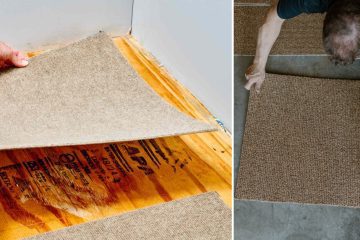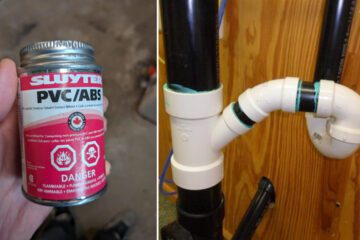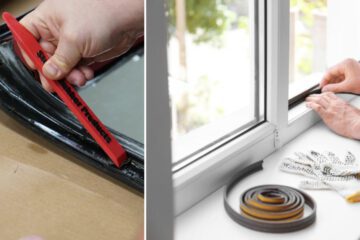Working with wood glue is a part of any woodworker’s or DIYer’s life, but accidental spills and stains on clothing can be frustrating. Don’t worry; we’ve got you covered with this comprehensive guide on how to get wood glue off clothes. Say goodbye to ruined garments and hello to spotless attire with our proven techniques.
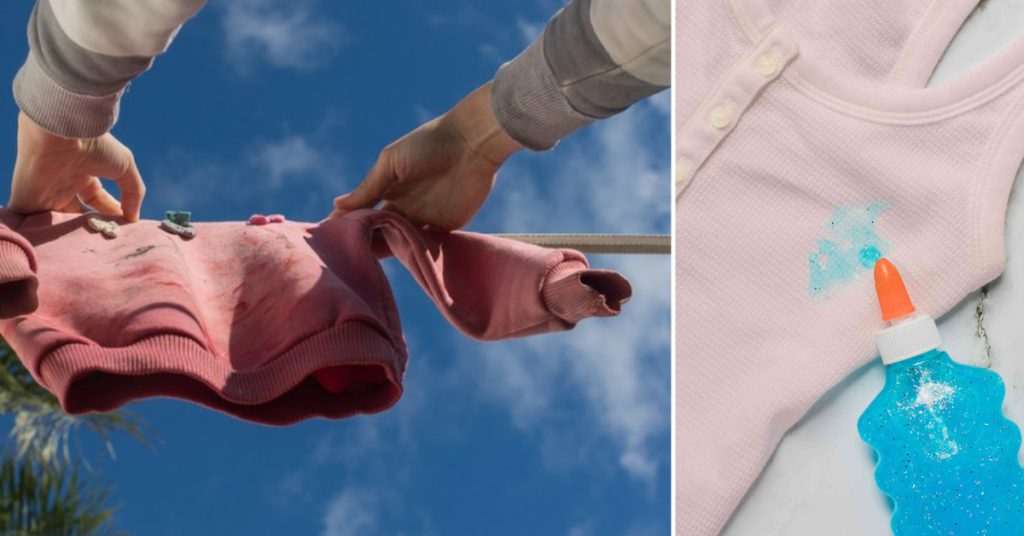
Key Takeaways:
- Understand the different types of wood glue for appropriate removal methods.
- Act quickly on fresh stains for the best results.
- Use specialized solvents and techniques for stubborn, cured stains.
- Prevention is key – wear an apron and work in a ventilated area.
Understanding Wood Glue Types
Before we dive into removal methods, it’s crucial to understand the different types of wood glue and their properties, as this will determine the appropriate approach.
Type 1: Water-based Wood Glues
Water-based wood glues, such as Titebond Original and many school glues, are the easiest to remove from clothes. They are water soluble, which means they can typically be washed away with water and detergent, especially if you catch the stain early.
Type 2: Water-resistant Wood Glues
Water-resistant wood glues, like Titebond II and III, are more challenging to remove once cured. However, with the right techniques, you can still tackle these stubborn stains. Don’t lose hope!
Type 3: Polyurethane and Epoxy Glues
Polyurethane and epoxy glues are the most difficult to remove from clothes, as they form a permanent bond upon curing. In these cases, you may need to enlist the help of specialized solvents or seek professional dry cleaning services.
3 Trustworthy Methods for How to Get Wood Glue Off Clothes
Here are three tried-and-true methods for how to get wood glue off clothes:
Method 1: Removing Water-based Wood Glue Stains
1.1: Fresh Stains
If you catch the stain while the glue is still wet, act quickly! Rinse the affected area with cool water to dilute and remove as much of the glue as possible. Avoid rubbing or scrubbing, as this can spread the stain further.

1.2: Dried Stains
- Scrape and Soak: Once the glue has dried, gently scrape off as much of the dried glue as possible using a dull knife or spoon. Then, soak the garment in cold water for several hours or overnight to allow the remaining glue to soften.
- Apply Detergent: Squeeze a small amount of liquid laundry detergent directly onto the stain and gently rub it into the fabric using your fingers or a soft-bristled brush.
- Wash and Repeat: Wash the garment in the washing machine using the warmest water safe for the fabric, according to the care label. If the stain persists, repeat steps 2 and 3 until it is fully removed.
Method 2: Tackling Water-resistant Wood Glue Stains
2.1: Fresh Stains
For fresh water-resistant wood glue stains, act quickly by blotting the area with a clean, dry cloth or paper towel to absorb as much of the glue as possible. Avoid rubbing, as this can spread the stain further.
2.2: Dried Stains
- Freeze the Stain: Place the garment in the freezer for several hours or overnight. The cold temperature will cause the glue to become brittle and easier to remove.
- Scrape and Brush: Once frozen, use a dull knife or plastic scraper to gently remove as much of the hardened glue as possible. Follow up with a stiff-bristled brush to loosen any remaining residue.
- Apply Solvent: For stubborn stains, dampen a clean cloth with acetone (nail polish remover) or amyl acetate (a specialized glue remover available at hardware stores). Gently dab and rub the stain with the solvent-dampened cloth, taking care not to oversaturate the fabric.
- Launder and Repeat: Wash the garment in the washing machine using the hottest water safe for the fabric, according to the care label. Repeat steps 2-4 if necessary until the stain is fully removed.

Method 3: Removing Polyurethane and Epoxy Glue Stains
For polyurethane and epoxy glue stains, time is of the essence. Act quickly while the glue is still wet by blotting the area with a clean, dry cloth or paper towel to absorb as much of the glue as possible.
If the glue has already cured, your best option may be to seek professional dry cleaning services, as these types of glues form a permanent bond that is extremely difficult to remove at home.
However, you can try the following method as a last resort:
- Apply Solvent: Dampen a clean cloth with a strong solvent like acetone or amyl acetate.
- Soak and Scrape: Place the solvent-dampened cloth directly on the stain and allow it to soak for several hours or overnight. This may help to soften and dissolve the cured glue. After soaking, gently scrape at the stain with a dull knife or plastic scraper.
- Launder and Repeat: Wash the garment in the washing machine using the hottest water safe for the fabric, according to the care label. Repeat steps 1-3 if necessary, but be aware that success is not guaranteed with these types of glues.
You Can Check It Out to Remove Glued Patches From Clothing.
Prevention is Key
While accidents do happen, it’s always better to take preventive measures when working with wood glue. Consider wearing an apron or old clothing that you don’t mind getting stained. Additionally, work in a well-ventilated area and keep a damp cloth nearby to quickly wipe up any spills or drips before they have a chance to set.
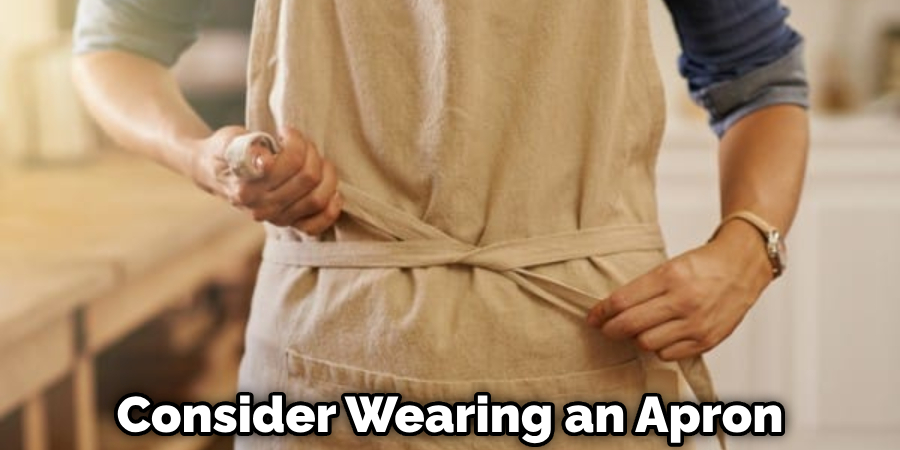
Pro Tips for Glue Stain Success
Working with wood glue inevitably leads to the occasional mishap. But don’t let stains ruin your favorite clothes or get you down! Keep these pro tips in mind:
A. Check Care Labels First
Always check the garment’s care label before attempting any stain removal. Delicate fabrics like silk may require professional dry cleaning.
B. Test on an Inconspicuous Area
Do a spot test first, especially when using solvents like acetone or amyl acetate that could potentially discolor fabrics.
C. Protect Your Clothes
“An ounce of prevention is worth a pound of cure.” Wear an apron or old clothes you don’t mind getting messed up.
D. Ventilate Well
When using solvents, ensure proper ventilation to avoid breathing in fumes. Work near a window or use a fan.
E. Keep Damp Rags Handy
Having a damp rag within reach, allows you to quickly blot any fresh glue drips before they set.
F. Don’t Be Afraid of the Pros
If all else fails, don’t be a hero – seek professional dry cleaning help for extremely stubborn polyurethane or epoxy stains.

FAQs About How to Get Wood Glue Off Clothes
What Dissolves Dried Wood Glue?
To dissolve dried wood glue, several effective substances can be employed, including white vinegar for softening and breaking down the glue, acetone or nail polish remover for a more potent removal without damaging the wood’s finish, and petroleum jelly to loosen the glue. Additionally, mechanical methods such as using a chisel, steel wool, or a putty knife can be effective in chipping away or scraping off the dried glue. It’s essential to test these methods on a small area first to ensure they do not damage the surface.
Can You Remove Dried Wood Glue From Clothing?
To remove dried wood glue from clothing, start by gently scraping off as much glue as possible with a dull knife or spoon. Then, apply acetone (nail polish remover) to the stain, testing it on a hidden area first to ensure it doesn’t damage the fabric. Blot the stain with a clean cloth without rubbing. After pre-treating, wash the item according to care instructions. Repeat the process if necessary and allow the garment to air dry, avoiding the use of a dryer until the glue is completely removed to prevent setting the stain.
Can Vinegar Remove Glue From Clothes?
Vinegar can be used to remove glue from clothes by saturating the stained area with white vinegar, letting it sit for a few minutes to loosen the glue, and then gently scrubbing with a soft brush or cloth. After treating with vinegar, wash the garment as usual according to care instructions, and allow it to air dry. Repeat the process if necessary, but avoid using the dryer until the glue is fully removed, as heat may set the stain.
Stain-Free is the Way to Be
Dealing with wood glue stains doesn’t have to be an epic battle. By understanding your glue type, acting swiftly, and employing the right techniques, even the most stubborn stains can be conquered.
Getting glue out of clothes is manageable with some elbow grease. So keep those trusty bottles of wood glue at the ready, keep our stain-busting tips in your back pocket, and glue away! A stain-free, productive woodworking life awaits.
